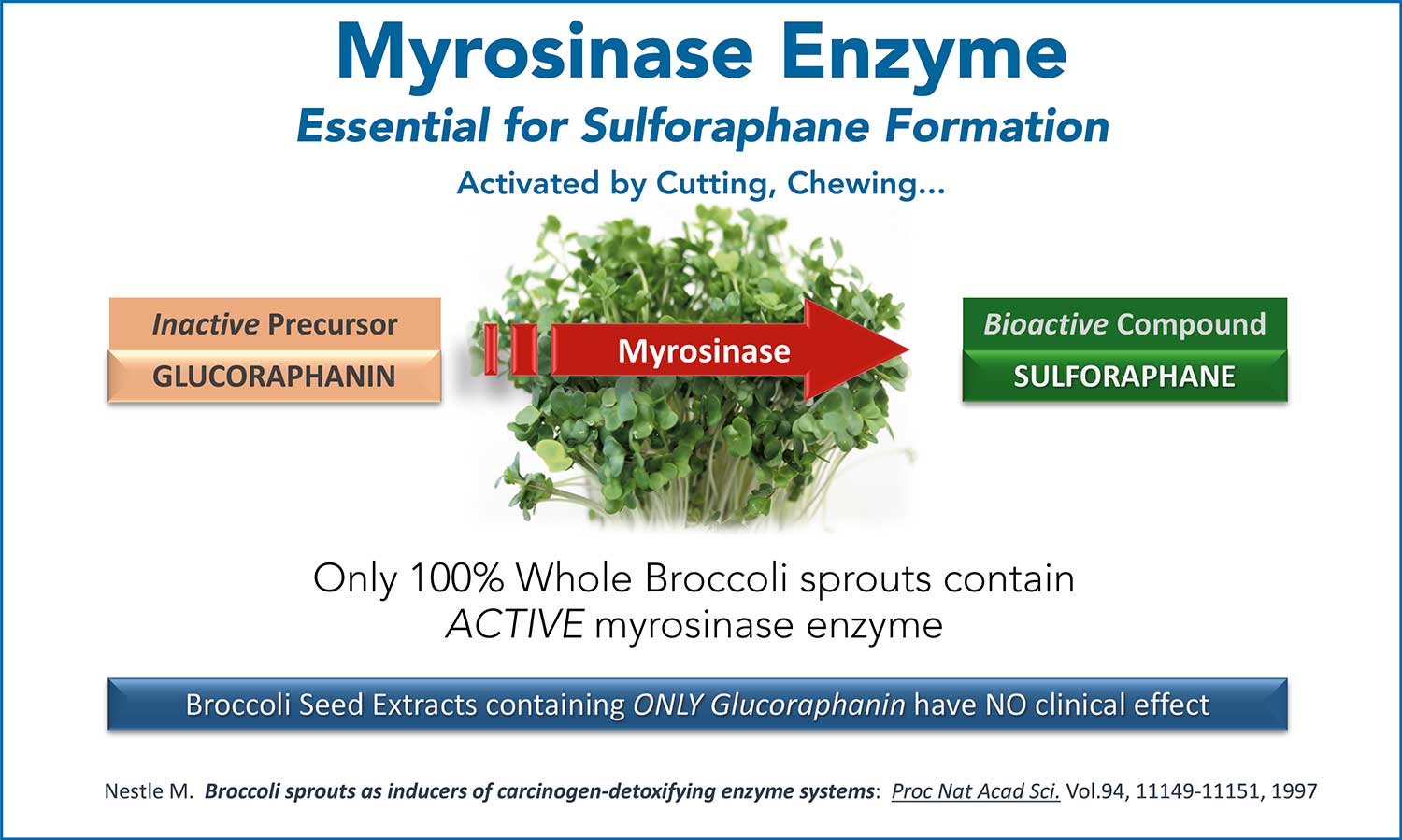The success of any organisation is largely the result of the quality of people working away ‘behind the scenes’.
Dr Houghton is the first to acknowledge the dedication and broad skillset of her wonderful Cell-Logic team. Her own diverse experience encompasses clinical practice, nutritional biochemistry, research methodology, nutrigenomics, education, a biochemist’s rigour in product formulation and an insider’s understanding of the industry.
Christine’s forté lies in taking complex biochemical concepts and translating their essence into concepts relevant to the needs of practising clinicians.






